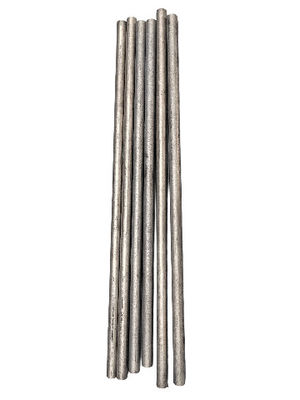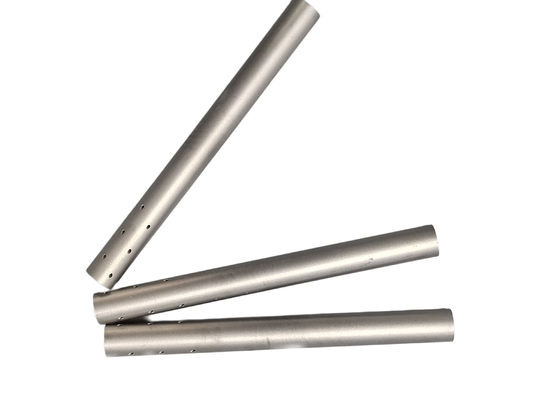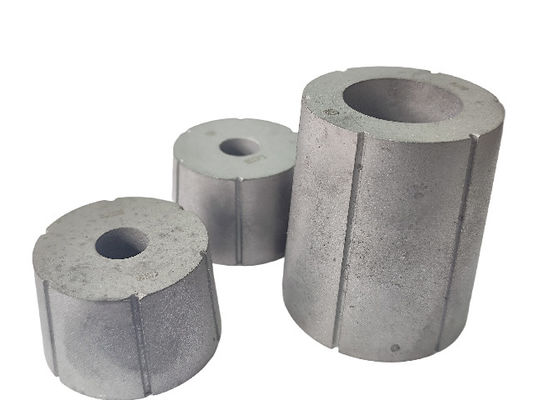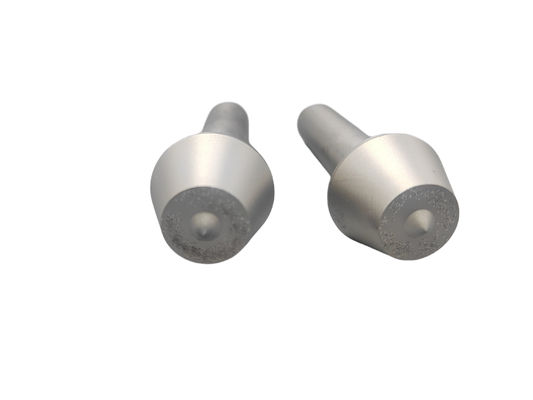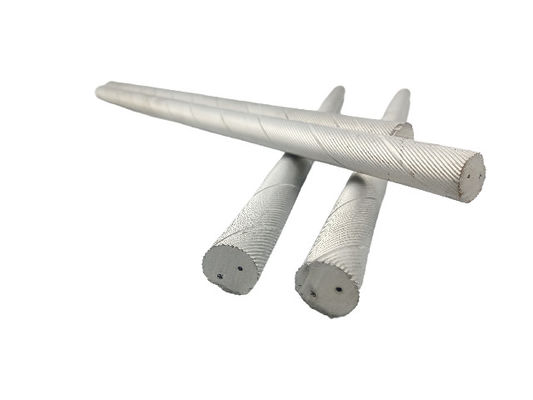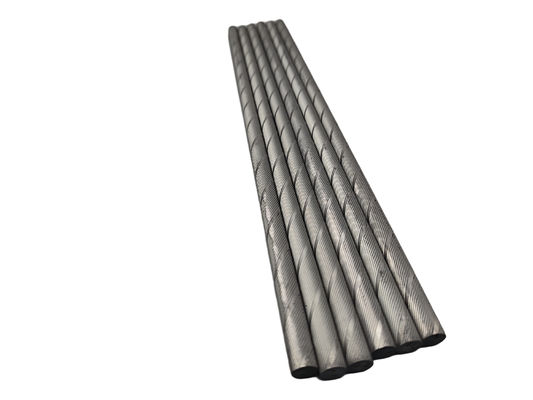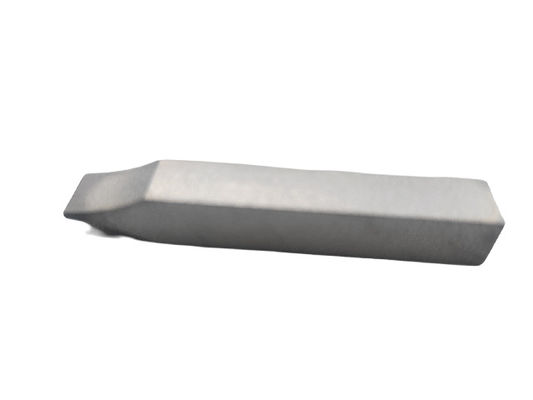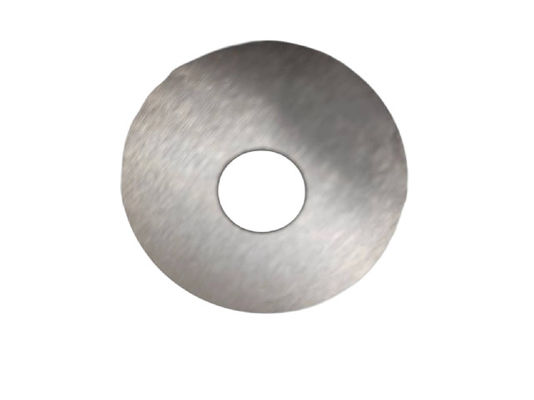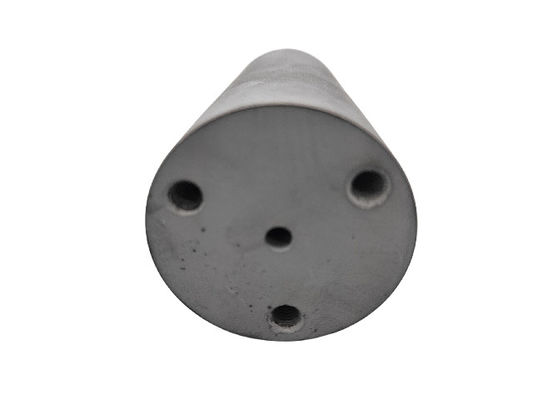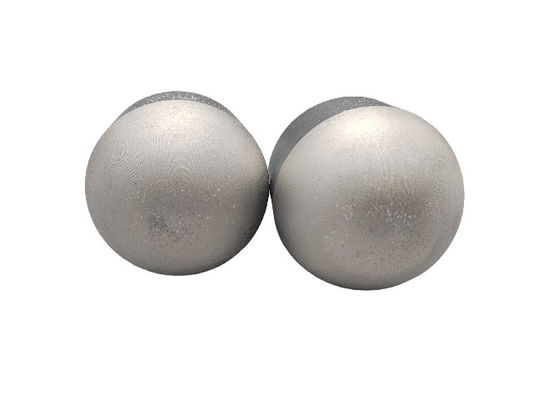The production process of tungsten carbide generally includes the following main steps:
1. Raw Material Preparation
- High-purity tungsten powder, tungsten carbide powder, and a binder (such as cobalt powder) are selected as raw materials. The quality of these materials directly impacts the performance of the final product, so strict screening and testing of raw materials are essential.
2. Mixing and Grinding
- Tungsten powder and tungsten carbide powder are mixed with a binder in specific proportions and then thoroughly ground, typically through wet ball milling or another efficient grinding process, to form a uniform mixture. This step ensures material uniformity and affects the final hardness and toughness.
3. Drying and Granulation
- The milled mixture is dried and granulated to prepare it for the forming process. Granulation improves powder flowability, making it easier to shape and ensuring the density of the final product.
4. Pressing and Shaping
- The dried powder is pressed into shape using a mold, forming a compact. This step determines the shape and basic dimensions of the product. Cold isostatic pressing or die pressing is commonly used to ensure density and uniformity.
5. Sintering
- In a vacuum or hydrogen atmosphere, the compact is sintered at high temperatures (typically 1300-1600°C) to bond the tungsten particles, resulting in dense tungsten carbide. Sintering is the most crucial step, determining the final hardness, toughness, and wear resistance of the product.
6. Post-Processing
- Post-processing on the sintered carbide material may include surface grinding, polishing, or coating to meet the precision and surface finish requirements of various applications. For some specialized products, heat treatment or surface coatings may be applied to further enhance performance.
7. Quality Inspection
- Each batch undergoes rigorous quality inspection before leaving the factory, including tests for hardness, density, flexural strength, and wear resistance to ensure compliance with standards and customer requirements.
8. Packaging and Shipping
- After cleaning and packaging, products are prepared for secure delivery to customers. Packaging considers factors like moisture and shock protection to ensure product integrity during transportation.
This production process enables tungsten carbide to achieve high hardness, wear resistance, and thermal stability, making it suitable for demanding applications like cutting tools, molds, and wear-resistant parts.
![]()
![]()
![]()
![]()



